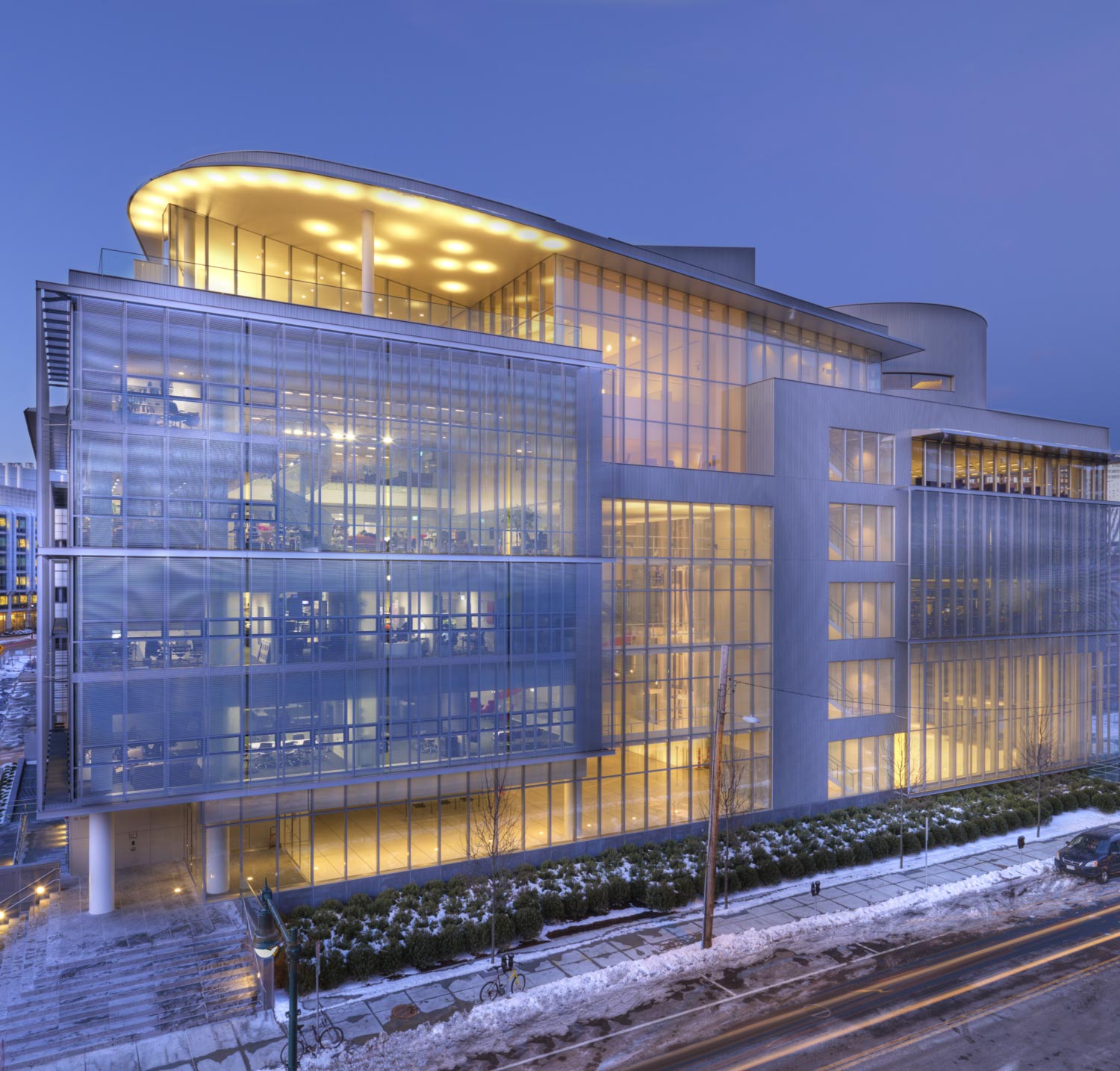Remarks on LIGO announcement
As prepared for delivery
Good morning! I am Rafael Reif, president of MIT. We all want to hear from our LIGO experts, so I will be brief. I would like to say three things:
First, to the entire LIGO team at MIT, at Caltech and around the world:
My heartiest congratulations! We stand in awe of the creativity and rigor of the LIGO experiment: a scientific triumph. And we are equally inspired by your decades of ingenuity, optimism and perseverance.
The instigator of the LIGO project, and its leader on the MIT side, is Professor Emeritus Rainer Weiss, who also happens to be an MIT graduate. As you saw on the webcast, Rai is in Washington today. But I am delighted that we have his wife, Rebecca, here to celebrate with us. Rebecca, congratulations to you as well. I am certain this project turned into your life’s work, too.
A second point, for the MIT community: You often hear me refer to MIT’s mission statement. It directs us to “advance knowledge,” to “educate students,” and to work “with others to bring knowledge to bear on the world’s great challenges,” for “the betterment of humankind.”
So consider this: The LIGO team has advanced knowledge by uncovering fresh news about the building blocks of the universe, and they have opened a whole new field of inquiry, so knowledge will keep on growing. What’s more, the experiment at the heart of LIGO actually began as a way to educate students: a thought experiment that Rai Weiss designed to get his students thinking. Since then, LIGO has been a proving ground for three generations of MIT students – two of them now on our faculty. And LIGO’s global team came to include hundreds of researchers, across multiple institutions. It is hard to imagine a more beautiful expression of the ideal of working with others, on a great challenge, for all of humankind. In short, for MIT, today’s announcement is a great achievement and a great example of our aspirations.
My third and last observation is for the wider world, especially for anyone who works outside the domain of scientific research.
At a place like MIT, or Caltech, or the NSF, the value and power of fundamental scientific research feels obvious, not just today, but every day. Basic science is a source of wonder, and a wellspring of innovation. It is the currency of human progress, and our modern way of life would not exist without it.
Without basic science, our best guess never gets any better. Without basic science, “innovation” amounts to tinkering around the edges. And when basic science advances, society advances, too.
As today’s announcement makes clear, basic science can be electrifying, revolutionary, and catalytic. But the LIGO project demonstrates another truth about fundamental breakthroughs: that the work they require is painstaking, rigorous, and slow.
And that means something else very important. It means that if, as a nation, we want the results of basic research – if we want the great discoveries, the new technologies, the cures, the inventions, the wealth – if we want all that as a nation, then we have to pay for it, as a nation.
The United States has a time-tested way to make those sustained investments. The system was invented in response to the terrible challenges of World War Two. President Roosevelt sought guidance from some outstanding scientific advisors. This room, in fact, is named for one of them: Vannevar Bush, former dean of engineering at MIT.
Together, Bush and others helped F.D.R. develop and pursue a wartime strategy of advanced scientific research and development. Ultimately, that strategy produced the technologies that brought the war to an end.
Federal support for basic research was a big, brilliant idea. By 1950, Congress and President Truman turned that idea into the National Science Foundation. And about 30 years later, the NSF would send its first check to Rai Weiss for the work that would lead to LIGO.
Across the country, federal research investments re-invented American universities as powerhouses of modern scientific and technological research. In turn, the ideas that flowed out of academic labs helped deliver huge gains in productivity and employment, by fueling one innovation wave after another.
Today, the NSF funds about a quarter of federally supported basic research conducted by US colleges and universities, including almost 40 years of support for the work we celebrate today. The system the US uses to invest in basic research, in partnership with the nation’s research universities, is the direct descendant of Vannevar Bush’s big idea.
Today is a wonderful reminder that investing in basic science is investing in our future. This distinctive American system for supporting great science is a vital source of our nation’s strength. And it is something we should all be deeply proud of, as Americans. That system belongs to all of us. And in that sense, today’s discovery does, too.
* * *
Let me close with a personal note.
On the MIT side, as we know, the leader of the LIGO project is Rai Weiss.
Rai has a webpage, and it contains this observation:
“Started in physics with the precept that only very important and finished work should be published.
“As a consequence, didn't publish much – and got hell for it.”
Rai, we appreciate your high standards!
And if you had to publish something, this one was an excellent choice.
* * *
And now it is my pleasure to introduce another LIGO pioneer, who was one of Rai Weiss’s star graduate students – the Marble Professor of Astrophysics and Associate Head of our Physics Department, Nergis Mavalvala.


